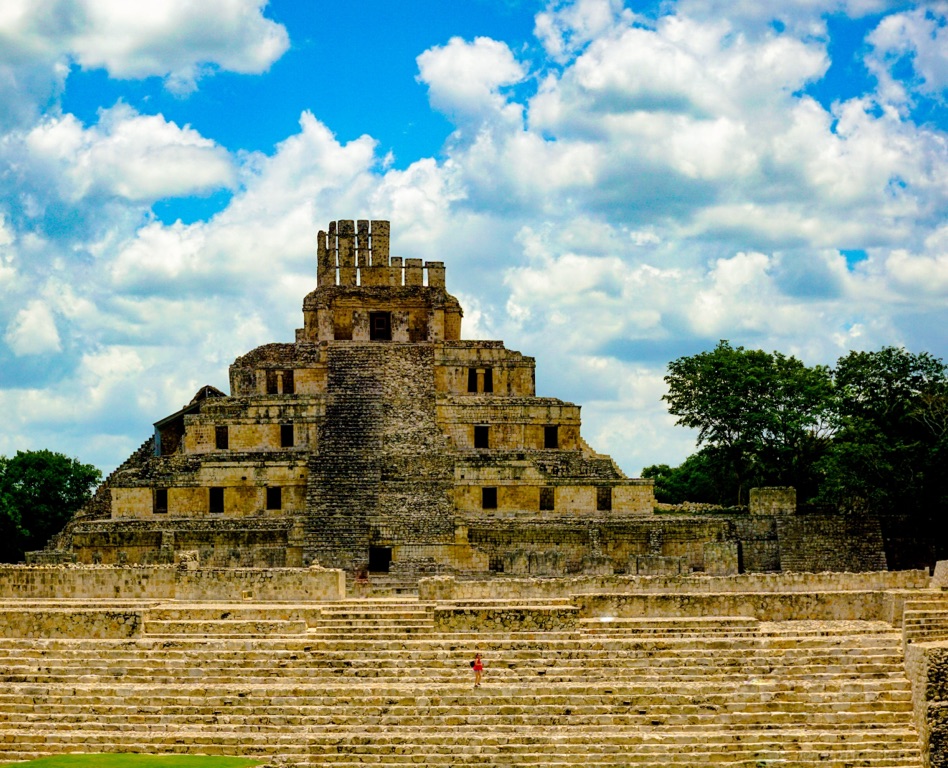Summary
Unveiling Edzna: A Gem in the Mayan World
Edzna Ruins stand as a testament to the architectural genius of the ancient Maya civilization. Located in the northwestern part of the Yucatan Peninsula, these ruins showcase impressive buildings, temples, and plazas that echo the city’s importance in trade, agriculture, and religiosity. Visitors are often awestruck by the grandeur of the main temple, which offers panoramic views of the site. Edzna was once a pivotal city in controlling the region’s water resources through an intricate network of canals. These features highlight the Mayans’ advanced understanding of engineering and their harmonious relationship with nature.
Get your dose of History via Email
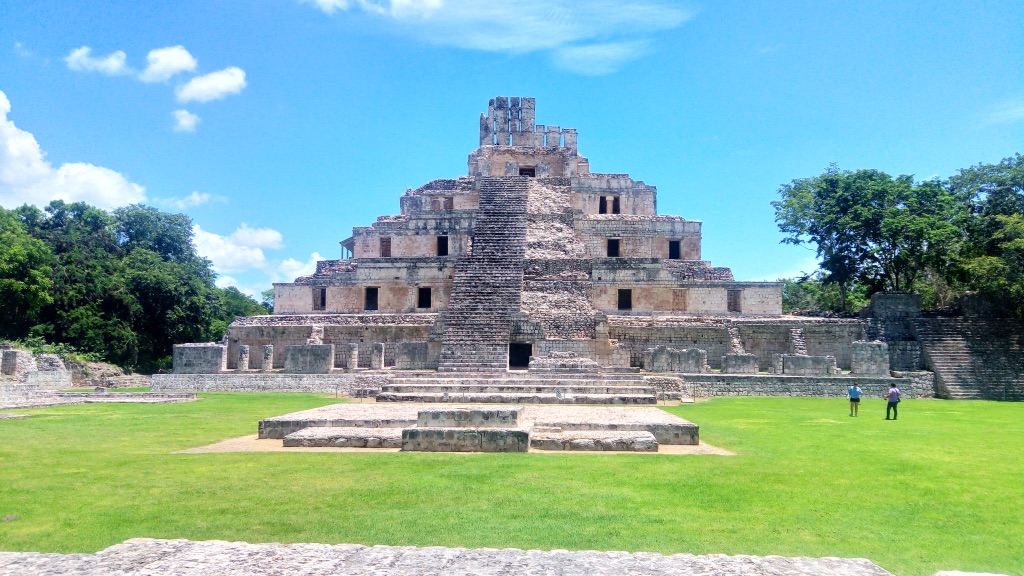
Exploring the Architectural Majesty of Edzna
The Edzna Ruins are home to the remarkable Great Acropolis, a structure that radiates the city’s resilience and ingenuity. The central plaza of Edzna is surrounded by various buildings, displaying a unique blend of Maya and central Mexican architectural styles. One of the most iconic structures is the Ball Court, signifying the importance of ritualistic sports in Mayan culture. The complex stone carvings and stucco decorations found on-site provide insights into the Mayan pantheon and the city’s cosmological significance. Each edifice at Edzna offers a silent narrative of the social hierarchy and rituals that shaped the Mayan way of life.
Preserving the Legacy of Edzna
The preservation and study of Edzna are critical to understanding the expansive history of the Mayan civilization. Despite its historical significance, Edzna remains one of the lesser-visited archaeological sites, allowing for an intimate experience with Mayan history. Efforts are ongoing to protect and maintain the ruins, with archeologists continuously uncovering new findings. Responsible tourism practices are encouraged to ensure the site remains untarnished for future generations. Edzna’s majestic legacy offers a tangible connection to the Maya’s sophisticated culture, urging visitors and scholars alike to delve deep into its past.
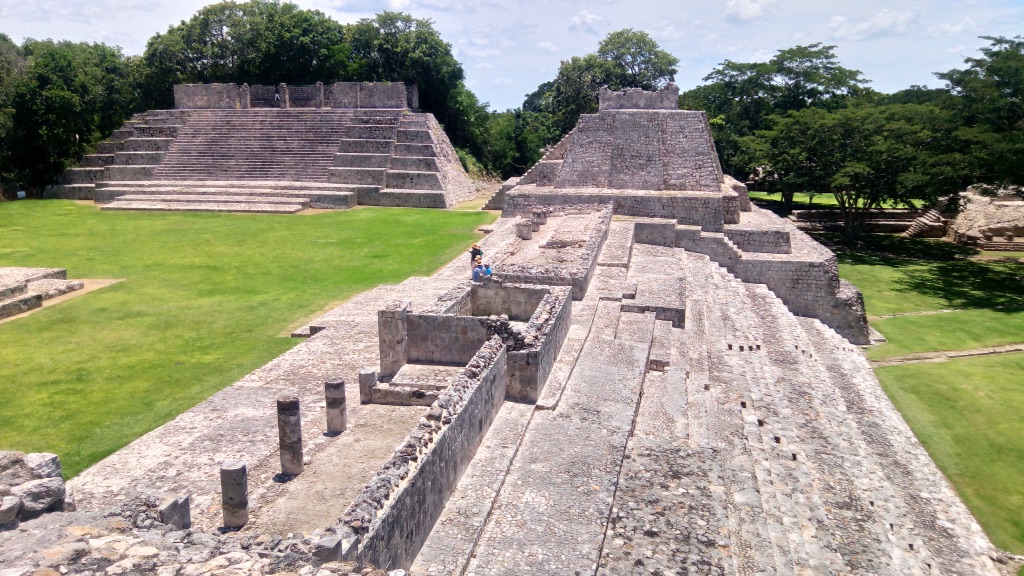
Historical Background of Edzna Ruins
Discovering Edzna’s Ancient Roots
The Edzna Ruins, nestled in the heart of Campeche, Mexico, hold a rich historical narrative. This once-thriving city first emerged around 600 B.C. as a small agricultural community. By 200 A.D., it had evolved into a significant urban center. Edzna’s name itself, meaning “House of the Itzaes”, hints at its connection with the powerful Itza tribe. For over a thousand years, Edzna flourished, becoming a hub of culture, trade, and Maya innovation. This site offers a window into the lives of the Maya, revealing their daily activities, social structures, and engineering feats.
An Era of Prosperity and Power
Edzna’s golden age spanned from 600 to 900 A.D., a period marked by architectural splendor. The city’s rulers expanded their domain, building impressive structures that still stand today. They constructed the Great Acropolis, temples, and plazas, showcasing their power and connection to the divine. During this time, Edzna controlled local water resources, maintaining its wealth and influence. The Great Plaza served as a bustling center where people gathered for ceremonies, trade, and social interaction. With its central location and innovative water management, Edzna enabled Mayan civilization to thrive in the face of a challenging environment.
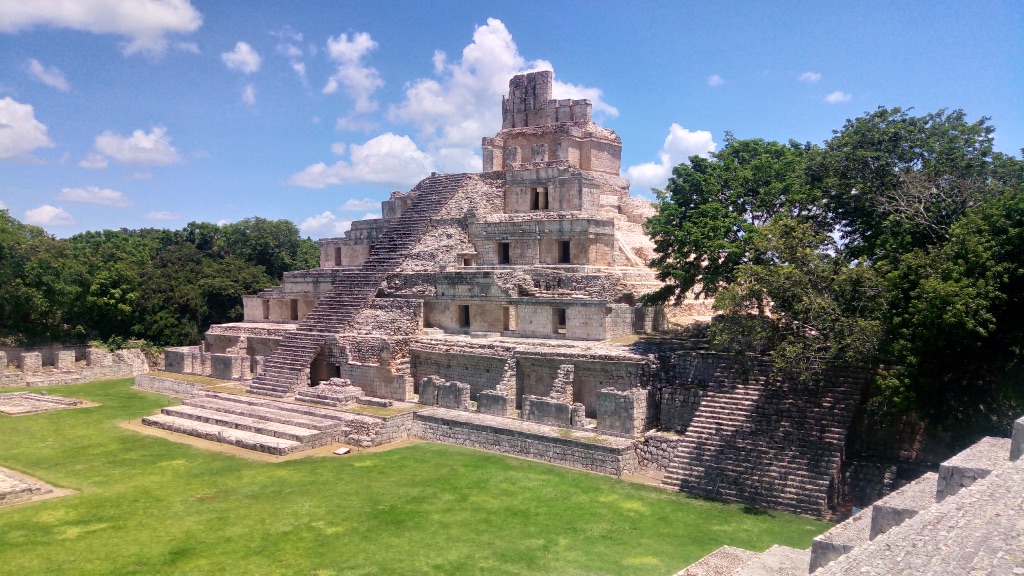
Decline and Rediscovery
Despite its former glory, Edzna experienced a slow decline from the 10th century onward. Reasons for its fall remain a subject of research, but scholars suggest overpopulation, drought, and political strife played roles. The site lay forgotten until the 20th century. It was then that archaeologists rediscovered Edzna and started to peel back the layers of time. These researchers work tirelessly to uncover the secrets that Edzna holds, hoping to understand more about Mayan life and their sudden departure from the city. Excavations continue to reveal artifacts, structures, and information that stir the imagination.
Edzna’s Ingenious Architecture
The architecture at Edzna bears witness to the advanced knowledge of the Maya. They built towering pyramids like the main temple, which offered views of the stars and the sprawling city below. Their prowess in construction and their savvy with water systems are evident in the canals and reservoirs that snakes through the site. Such feats demonstrate their deep understanding of astronomy, math, and the environment. As a visitor, one can’t help but admire how the Maya shaped the landscape to fit their needs, reflecting a profound respect for and adaptation to nature.
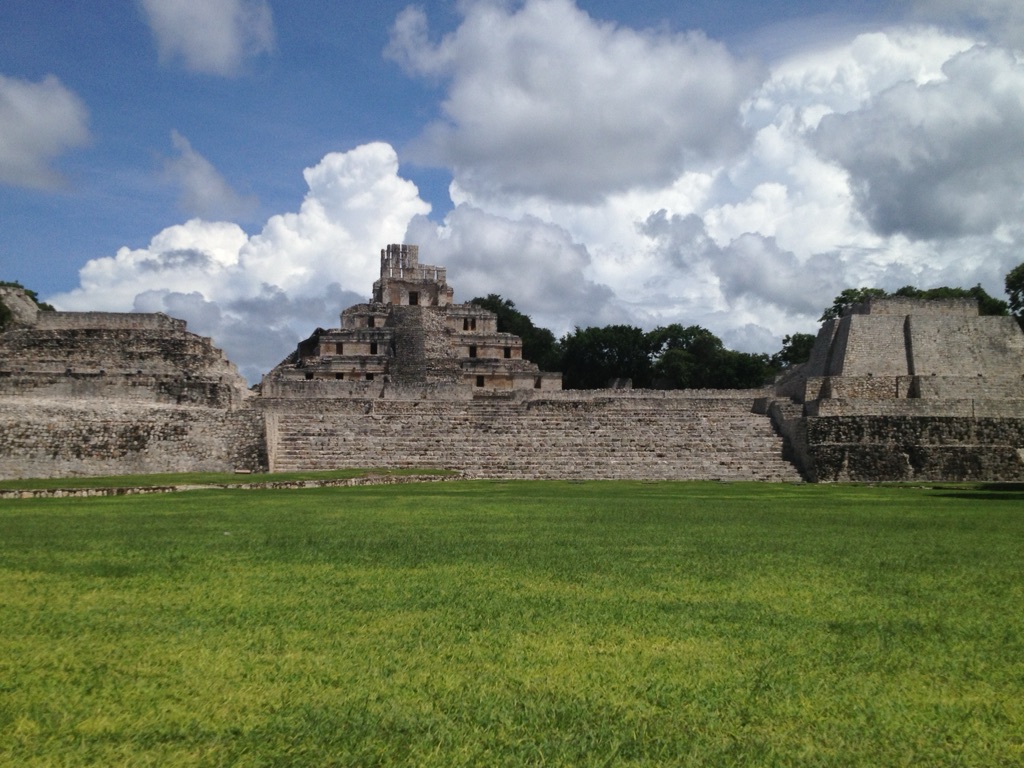
Edzna Today: A Cultural Keystone
Today, Edzna stands as a cultural keystone, offering insights into the ancient world of the Maya. It attracts scholars and curious tourists alike, who come to marvel at its grandeur and ponder its mysteries. As a result, Edzna has gained recognition as a site of immense historical value, serving as a vibrant link between the past and the present. It invites all who visit to soak in the history etched into its stones and to leave with a deeper appreciation for the Maya legacy that shaped an era and continues to intrigue us centuries later.
The Discovery of Edzna Ruins
Stumbling Upon a Forgotten City
In the early twentieth century, the ancient city of Edzna was unveiled to the modern world. Hidden under a cloak of tropical forest, it was local farmers who first stumbled upon the stone remnants. They unearthed the grand structures that once dominated the landscape. These early finders of Edzna could not fathom the historical treasure they had encountered. Their accidental discovery would soon captivate the attention of archaeologists worldwide. It marked the first steps in unwinding the mysteries of an incredible Mayan city.
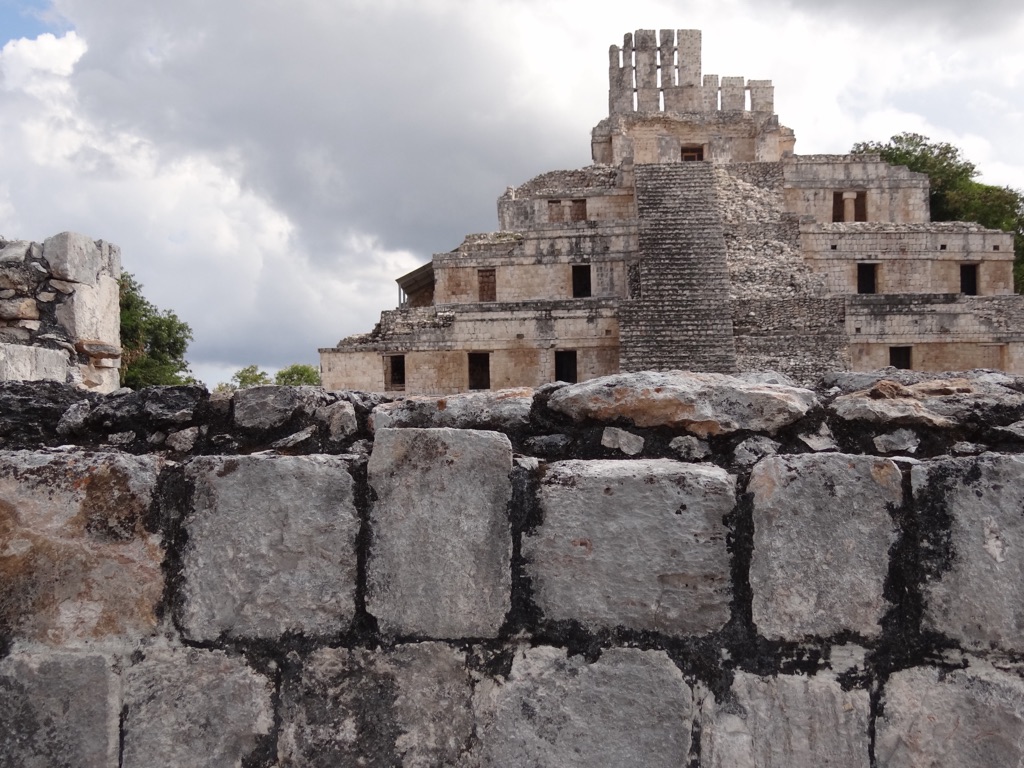
Archaeologists Take the Lead
It was under Ambrosio Tut’s guidance, a cultural historian, that Edzna’s ruins gained prominence. In 1907, Tut realized the significance of the scattered stones and overgrown temples. He recoiled the thick jungle to reveal a city frozen in time. Further explorations throughout the 20th century saw teams of archaeologists from Mexico and abroad pitch in. They did so to bring Edzna’s story to light. These teams meticulously uncovered grand plazas, towering pyramids, and advanced hydraulic systems. They evidenced the Maya’s sophisticated society and way of life.
Documenting the Architectural Marvel
Diligent documentation soon followed the initial discovery of Edzna. Scholars sketched the imposing facades and calculated the alignments of the celestial observatories. As they pieced together Edzna’s layout, a picture of Mayan cosmology and urban planning emerged. This city, with its grand avenues and ritual spaces, reflected the Maya’s deep understanding of astronomy and their gods. The discovery of hieroglyphic texts further opened up the history of Edzna, shedding light on its rise to prominence and eventual decline.
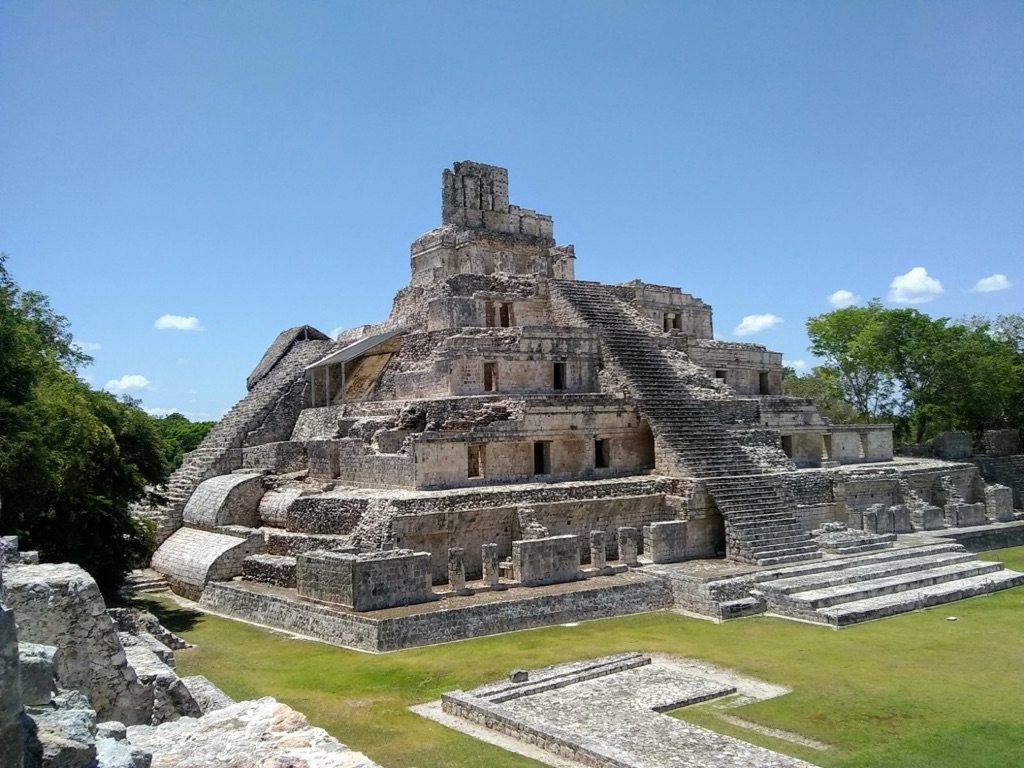
The Puzzle of Edzna’s Decline
One of the greatest enigmas that surfaced from Edzna’s discovery was the cause of its abandonment. While revealing the past glory of Edzna, archaeologists faced the challenge of decoding its downfall. Patterns suggested that environmental stress or social upheaval could have played a role. As each layer of Edzna was excavated, hypotheses formed about the lives and fate of its inhabitants. Unveiling this ghost town’s secrets turned into a mission for those involved in its discovery and study.
Edzna’s Impact on Maya Studies
Since its discovery, Edzna has profoundly influenced the field of Maya studies. The findings from this site have offered substantial contributions to our knowledge of Mayan architecture, astrology, and hydraulics. Edzna continues to serve as a critical puzzle piece in understanding the vast and complex Mayan civilization. Each excavation season brings new discoveries, ensuring that the story of Edzna remains a captivating chapter in our pursuit of the past.

Cultural Significance, Dating methods, Theories and Interpretations
The Importance of Edzna in Mayan Culture
Edzna’s cultural significance extends far beyond its physical structures. As a major political and economic center, it played a crucial role in the development of the Mayan civilization. The city’s planning reflects a cosmological alignment, tying the human and the divine. Important religious ceremonies took place here, resonating through the echos of its grand plazas. Edzna also served as a beacon for Mayan innovation, particularly in agriculture, seen in its advanced network of canals. These feats showcase the Maya’s deep connection with their land and gods.
Unlocking Edzna’s Timeline: Methods of Dating
Chronological dating at Edzna has mainly used stratigraphy and radiocarbon methods. By examining soil layers and carbon decay, researchers have pinpointed the rise of Edzna to as early as 400 B.C. These techniques allowed for an understanding of Edzna’s various construction phases. They shine a light on the societal changes over centuries. Interpretation of hieroglyphic inscriptions has also provided a timeline. They mark significant events, furthering insights into the city’s elaborate history.
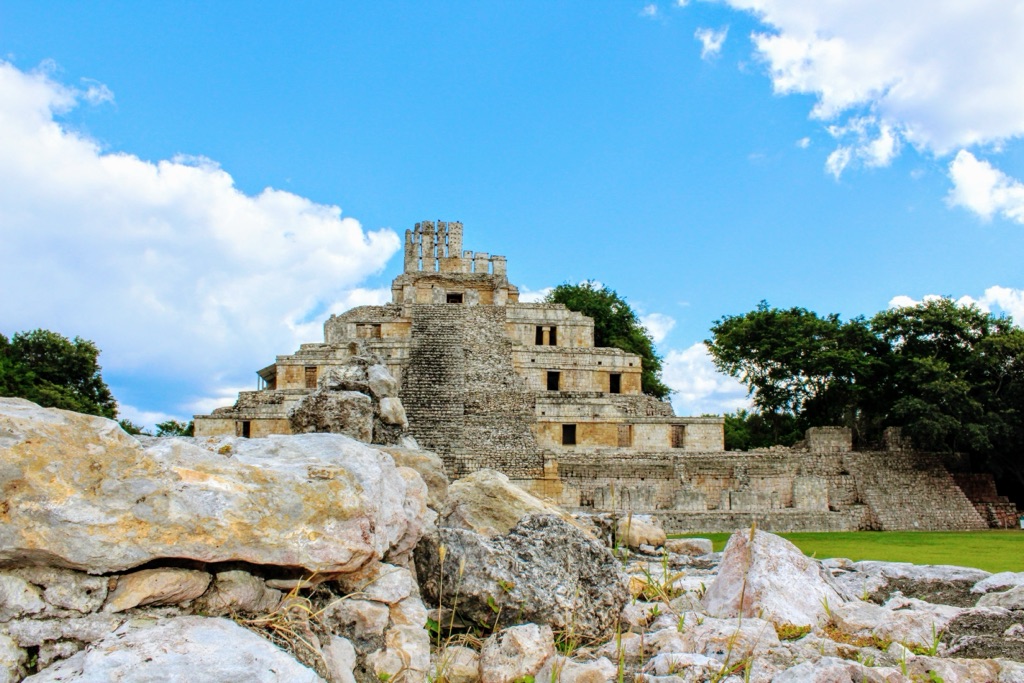
Edzna’s Mysterious Decline: Theories Abound
Theories about Edzna’s decline are as intricate as its stonework. Some hypothesize that extended droughts weakened the city’s agricultural base, leading to food shortages. Others suggest that shifting trade routes or political conflict contributed to its fall. The exact cause remains a topic of debate, maintaining a shroud of mystery over this ancient city. Ongoing archaeological work aims to decode this puzzle, piecing together evidence from artifacts and ecological data.
Interpretations of Edzna’s Architectural Language
Interpreting Edzna’s architecture provides a narrative of the Mayan socio-political and religious thought. The alignment of buildings with celestial bodies suggests astronomy was integral to these structures’ design. Such alignments likely served both practical agricultural purposes and ceremonial functions. The grandiosity of the Great Plaza and the imposing pyramids reflect Edzna’s position in the Mayan hierarchy, indicating a city with considerable influence and pride.
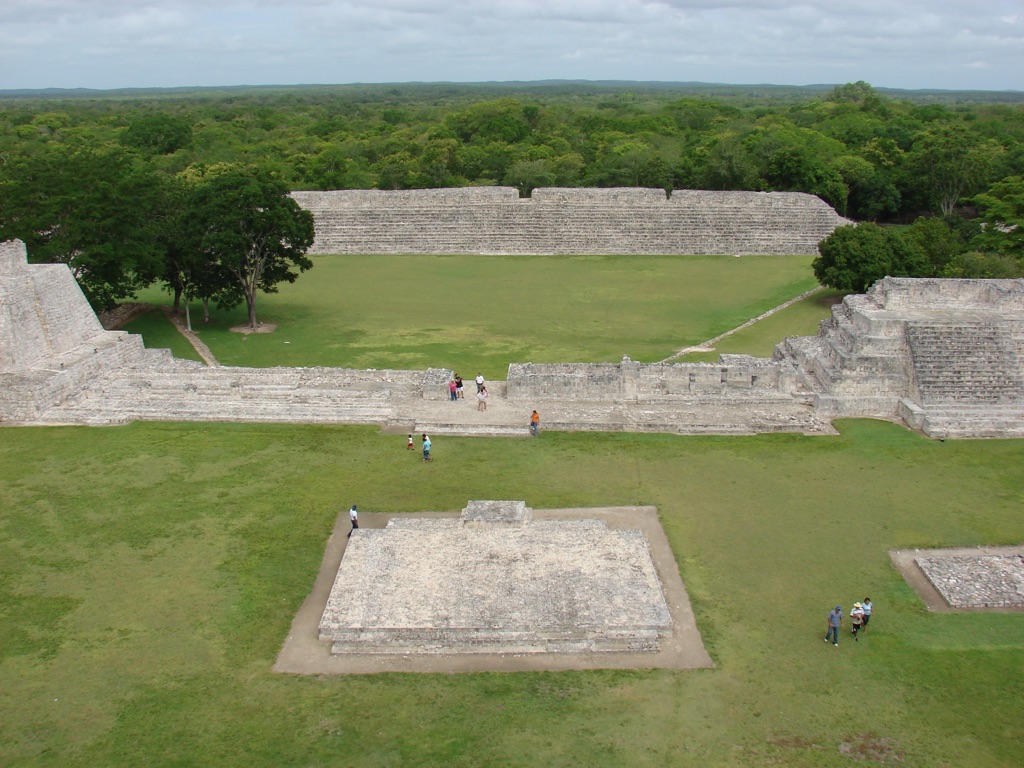
Continuing the Story of Edzna
The story is not over yet. With each layer of excavation, new elements of Mayan life come to light, reshaping theories and interpretations. Artifacts yield information on day-to-day activities, trade relations, and the artistic endeavors of its inhabitants. Edzna persists as a living textbook offering lessons about resilience, innovation, and the cyclical nature of human civilizations. It continues to inspire and challenge those who delve into its rich past, provoking a re-evaluation of what we thought we knew about the ancient Maya.
Conclusion and Sources
The Edzna Ruins captivate us by revealing the complexity and richness of the Mayan civilization. Edzna’s cultural significance, its advanced urban planning, and its mysterious decline into the pages of history beckon scholars and visitors alike. The study of Edzna provides significant insights into the life, beliefs, and ingenuity of the ancient Maya. As excavations continue, and theories evolve, Edzna remains a vital source of knowledge, preserving the legacy of a civilization that once mastered the art of living in harmony with nature and the cosmos.

For further reading and to validate the information presented in this article, the following sources are recommended:
Or you can check any of these reputable archaeological and historical texts:
Sharer, R. J., & Traxler, L. P. (2006). The Ancient Maya (6th ed.). Stanford University Press.
Andrews, E. W. (1983). Maya Cities: Placemaking and Urbanization. The University of Oklahoma Press.
Coe, W. R. (1999). The Maya (7th ed.). Thames & Hudson.
Demarest, A. A. (2004). Ancient Maya: The Rise and Fall of a Rainforest Civilization. Cambridge University Press.
Martin, S., & Grube, N. (2008). Chronicle of the Maya Kings and Queens: Deciphering The Dynasties of the Ancient Maya (2nd ed.). Thames & Hudson.

